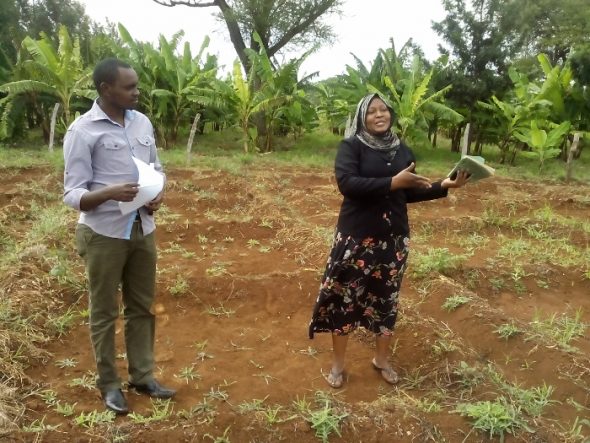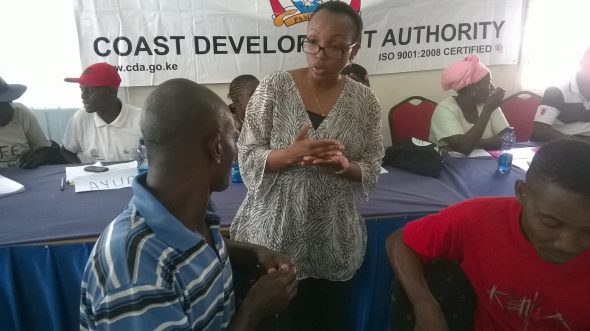Samson solution to terrorism
By Paul Nyongesa
Terrorists do not seem to have boundaries of what is sacred and what is not. For them, it is evident that all is fair game as long as they live to fight another day. Is there a price too high in the fight against terrorism? Do some interventions have the potential of a Pyrrhic victory?

Take the case of Eastern Africa’s Al Shabaab militants who have turned the dense Boni Forest at the Kenya-Somali coastal border into their hideout. To add insult to injury, the Al Qaeda-linked militants have also converted the pristine forest into the center of their operations. This has jolted the Kenya government armed forces into considering the Samson-like option: bomb the forest altogether to flush out the militants. Nothing is off the table for the Kenya government in Operation Linda Nchi.
The plan to bomb the forest brings to mind the important biblical character of Samson as depicted in the Bible and later by a vast array of films, artwork and literature. The ancient story of Israelites is well-captured in the Book of Judges where Samson was one of the last leaders who ‘judged’ Israel. Samson made the Philistine temple to collapse upon himself and all his enemies once he was cornered after losing the immense strength that had allowed him to perform glorious feats such as the killing a lion with his bare hands and slaying an entire army with only the jawbone of a donkey.
But conservation groups in the pre-historic coastal town of Lamu have raised alarm that the bombing of the forest will not only destroy ancient flora and fauna, but will also render the local Aweer communities landless. They have pleaded with the government to use other means of fighting the terrorists apart from bombing the forest.

Boni Forest, which borders Lamu, Tana River and Garissa counties, has been an Al-Shabaab hideout for a long time, through which the outlaws launch their attacks. Reports have indicated that the militants have frustrated the Kenya Defence Forces on Operation Linda Boni by mounting Improvised Explosive Devices within the forest.
The resilience of Al-Shabaab presents the key challenge: unless the Kenyan state radically changes its approach, this could prove to be a war that Kenya did not want, mostly to be fought on Kenyan soil. Worst of all, the enticing Samson solution of bombing the Boni forest is one wrought with unforeseen impacts.

